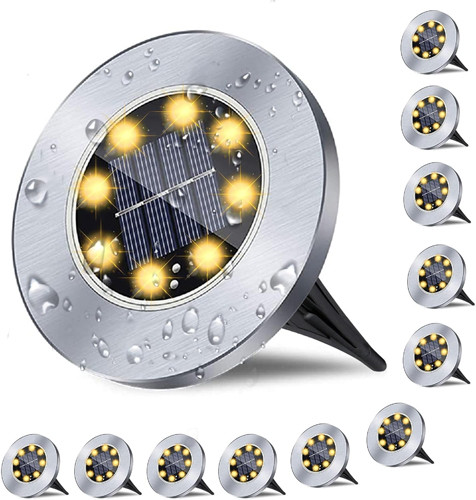
In our digitally driven world, the glow of screens emitting blue lighting has become an ever-present aspect of daily life. While these devices offer unparalleled convenience and connectivity, they also bring with them a host of concerns regarding their potential impact on our health and well-being. In this comprehensive exploration, we’ll delve into the nature of blue lighting, its effects on our physiology, and crucially, actionable steps we can take to minimize its influence.
Understanding the Impact of Blue Lighting
Blue light, with its short wavelength and high energy, serves a vital role in regulating our circadian rhythm—the internal clock that governs our sleep-wake cycles. During daylight hours, exposure to natural blue light helps keep us alert, enhances cognitive function, and uplifts our mood. However, the ubiquity of artificial sources of blue light, particularly from electronic devices and energy-efficient LED lighting, has raised concerns about its effects, especially when encountered during the evening and nighttime hours:
- Disruption of Sleep Patterns: Blue lighting exposure, particularly in the evening, interferes with the production of melatonin, the hormone responsible for signaling to our bodies that it’s time to sleep. This disruption can lead to difficulty falling asleep, reduced sleep duration, and diminished sleep quality, ultimately resulting in fatigue and impaired cognitive function.
- Eye Strain and Fatigue: Prolonged exposure to screens emitting blue light can cause digital eye strain, characterized by symptoms such as dry eyes, blurred vision, headaches, and neck pain. The eyes are subjected to prolonged periods of focusing on digital content, leading to muscle fatigue and discomfort.
- Impact on Overall Health: Beyond sleep and eye-related issues, chronic exposure to blue light at inappropriate times has been associated with broader health concerns. Disruption of the circadian rhythm can contribute to metabolic disorders, such as obesity and diabetes, as well as mood disorders and cardiovascular problems.
Practical Strategies for Reducing Blue Light Exposure
Given the pervasive nature of blue lighting in our modern environment, implementing practical measures to mitigate its impact is essential. Here are actionable strategies individuals can adopt to reduce their exposure to blue lighting:
- Utilize Blue Light Filters: Many electronic devices, including smartphones, tablets, and computers, offer built-in blue light filters or night mode settings. Activating these features in the evening can help adjust the color temperature of screens to warmer tones, thereby reducing the amount of blue light emitted and facilitating better sleep.
- Invest in Blue Light Blocking Glasses: Blue light blocking glasses are specially designed eyewear that filters out a significant portion of blue lighting emitted by screens. Wearing these glasses during evening screen time can alleviate eye strain, improve visual comfort, and promote relaxation before bedtime.
- Establish a Screen Curfew: Set a designated “screen curfew” at least an hour before bedtime, during which electronic devices are put away. Engage in calming activities such as reading a book, practicing mindfulness, or gentle stretching to promote relaxation and signal to the body that it’s time to prepare for sleep.
- Opt for Warm-Toned Lighting: Choose warm-toned, low-intensity lighting sources for evening illumination in your home. Replace harsh overhead lights with soft, diffused lighting options and consider using lamps with warm LED bulbs or incandescent lights to create a cozy atmosphere conducive to relaxation.
- Prioritize Screen-Free Activities: Allocate dedicated time each day for screen-free activities that promote relaxation and mental well-being. Whether it’s spending time outdoors, pursuing hobbies, or engaging in face-to-face social interactions, incorporating non-screen-related activities into your routine can help reduce overall screen time and mitigate the effects of blue light exposure.
Conclusion
In conclusion, while the prevalence of blue light in our modern world presents challenges to our health and well-being, it is not an insurmountable obstacle. By understanding the impact of blue light and adopting practical strategies to reduce exposure, we can mitigate its adverse effects and promote better sleep, eye health, and overall wellness. Through conscious choices and mindful habits, we can navigate the digital landscape with greater awareness and prioritize our health in an increasingly screen-centric society.
 WOWOW Faucets
WOWOW Faucets






您好!Please sign in